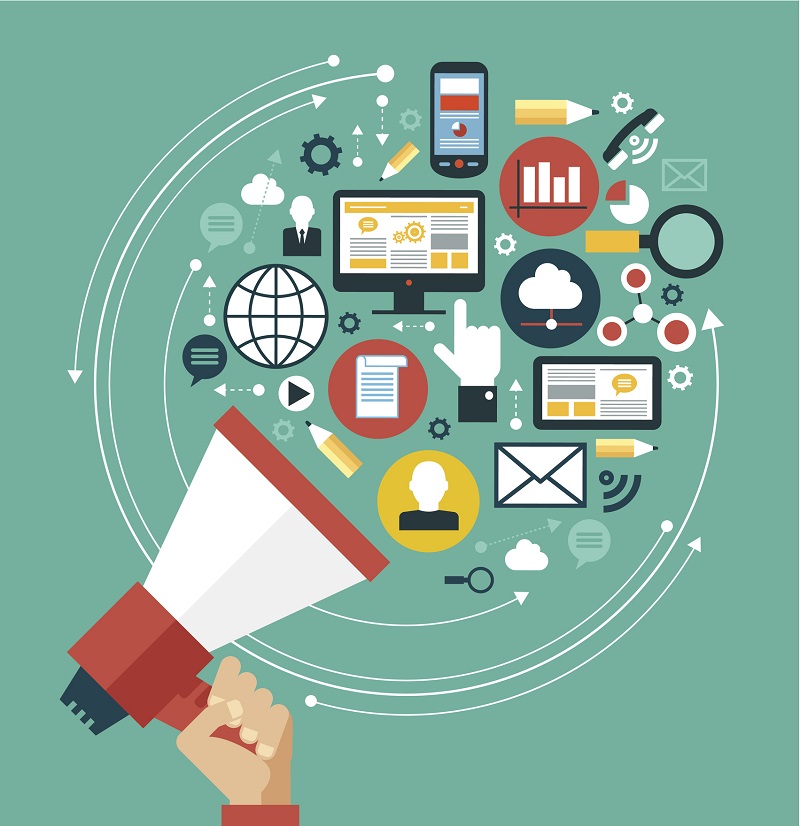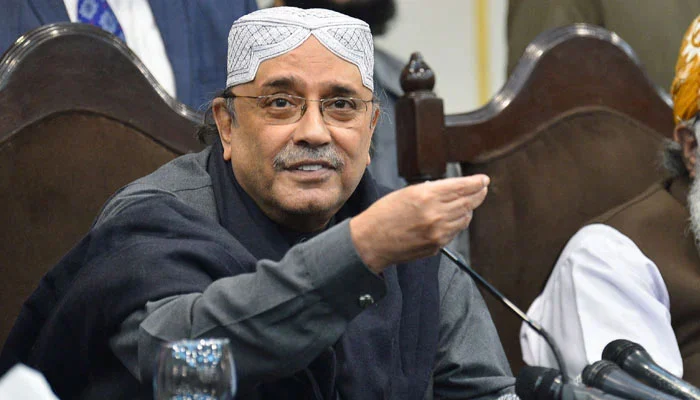Digital media have become important elements of political parties and campaign organizations worldwide. Political parties campaigns texts and resources will decide about the usage of digital media. The impact of digital media on organizational structures and work routines, resource collection and allocation, achieving presence in communication spaces and reach to audiences of interest, and using digital media as a symbol for professionalism and innovation of parties and their candidates.
Political parties are now shifting to digital advertising for two main reasons. The younger demographic, particularly Generation Z, is less inclined toward traditional marketing strategies. These individuals represent the forthcoming generation of voters. The preferences of this generation holds significant importance. In the upcoming elections, majority of the young vote bank are those who depend on social media as primary source for news. Now a days social networking websites are having increased penetration in daily lives. A big reason for which political parties and candidates from across the board are using social media platforms to engage with voters. Politicians believes that in this way, they are in a better position to shape people’s opinions during the general election 2024 campaign.
Here are some common ways political parties have used digital campaigns:
Social Media Engagement: Political parties rely significantly on social media platforms such as Facebook, Twitter, Instagram, and LinkedIn to reach voters. They set up official pages, publish updates, participate in debates, and conduct targeted adverts to reach specific demographics.
Data analysis and targeting: Websites use data analysis to identify key demographics and tailor their messaging accordingly. You can use voter databases, survey data, and social media information to understand the preferences and concerns of specific groups of voters.
Internet Advertising: Political parties invest in Internet advertising to reach a wider audience. This includes display ads, video ads, and sponsored content across various websites and social media platforms.
Email Campaigns: An email is a powerful tool for fundraising, engagement and communication. The sites send newsletters, updates, and requests for donations to their supporters via targeted email campaigns.
Mobile Applications: In order to connect with their supporters, share campaign updates, some political parties are developing mobile applications. This will also provide a platform for fundraising and volunteer coordination.
Virtual Events and Webinars: As virtual communications tools develop, political parties are hosting virtual town halls, webinars, and online events to engage with voters, address their concerns, and showcase their platforms.
Content Creation: Political parties are investing in creating engaging and shareable content. It includes videos, infographics, and articles. You can also collaborate with influencers and content creators to expand their reach.
Online Fundraising: Digital platforms play a key role in fundraising activities. The websites create secure platforms for online donations. Along with the use social media and email campaigns to encourage supporters to donate.
Website Optimization: Political party websites serve as a central hub for news, policy details, and candidate profiles. The parties are focused on optimizing the website to ensure it is user-friendly, informative, and accessible on all devices.
Monitoring and Response: Social media monitoring tools are used to monitor public opinion, identify emerging issues, and respond quickly to controversies. This allows websites to manage their online reputation and resolve issues in real-time.
In conclusion, political parties have increasingly adopted digital strategies to conduct their election campaigns. They use social media, data analytics, online advertising, and various digital tools. So that they can engage with voters, disseminate information, and mobilize support. Using virtual events, mobile apps, and email campaigns further increases your reach and engagement. The dynamics of the digital landscape require continuous adaptation. Political parties are likely to refine and innovate their digital campaign strategies in response to evolving communications technologies and trends.
– Kashaf Manzoor
This post has been submitted by one of our interns. PNP Internship Program is an exciting career opportunity for Pakistani university students to get hands-on valuable experience required in national and international job market.
In order to ensure transparency, accuracy and accountability to our readership, please report whenever any error found or need to clarify /correct the post.



